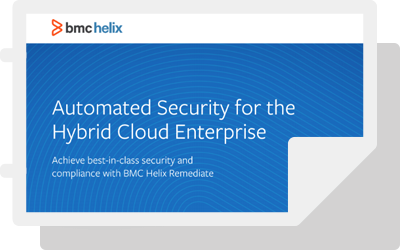After another hectic and news-filled AWS:ReInvent show in Las Vegas, it’s obvious there’s a lot of innovation happening in and around cloud technology. Amazon, Google, Microsoft, Oracle and others are making cloud-hosting easy and offer great tools to power a variety of business services.
For start-ups and new services being built from the ground up, thinking cloud first or cloud native makes sense. Signing up to spend resources on building and maintaining your own data center is not for the faint of heart.
But for those of us who have been in this game a bit longer there are some different questions to ask. We all know someone who has received a mandate of Cloud First for anything new and is under significant pressure to move all existing workloads to the cloud as well. Does that mean every workload is ripe for moving the cloud? No so fast.
We’ve seen numerous customers bringing back workloads to their own data centers because of unexpectedly high costs and a lack of clear objectives. It’s not just our customers as a recent IDC survey found that 81% of IT decision makers will migrate applications that were part of a public cloud back on premise or to a private cloud.
“Everybody moves everything there and then says, wait a minute. Maybe that wasn’t the right move, maybe we should be cloud smart instead of cloud first,” said our own David Cramer in an interview with TheCube at AWS.
Being cloud smart means:
- Defining goals for cloud migration. Maybe costs do end up being higher, but if you’re gaining speed to market and greater flexibility, those goals might outweigh the cost increase.
- Determine which workloads move and to what cloud. Not all clouds are created equal or cost the same to operate. Tools such as BMC Helix Cloud Cost help you determine the cost of running your current workloads in AWS vs Azure vs private cloud. Modeling the potential costs in advance has huge advantages.
- Balance the need for access. Cloud services can make it easy to build and deploy new services, but there’s needs to be a delicate balance between operational needs and access. If the cloud service takes longer to provision than the system it replaced, that’s a lost benefit.
- Governance and security are still important. Yes, cloud providers help with security by keeping underlying systems secure, but it’s still on your organization to ensure proper configurations and governance is in place. A missed security configuration could result in a data breach or violation of regulations, which could end up as costly to the business.
Amazon’s new AWS Outposts on-premise offering gives credence to the “cloud smart” way of doing business. There are numerous reasons – regulatory, costs, security – why workloads cannot be moved to a public cloud environment. Amazon realizes this and is extending the advantage of having the infrastructure managed with the comfort of having it based in your own data center.
Being cloud smart is not rocket science, so most of us stand a fighting chance. It’s about mapping a current application or workload’s performance to the capacity and cost so that you can make the right decision for your business.







